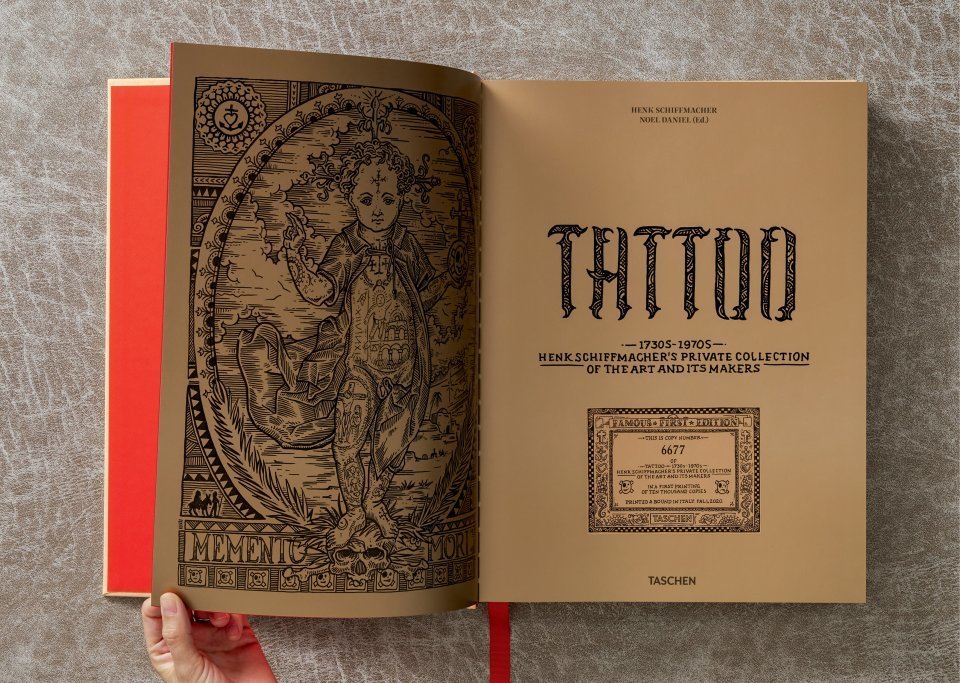In his films, Andrei Tarkovsky shows us things no other auteur does: an unbroken eight-minute shot, for example, of a man slowly walking a lit candle across an empty pool, starting over again whenever the flame goes out. One of the best-known (or at least most often mentioned) sequences in the Russian master’s oeuvre, it comes from Nostalghia, a late picture made during his final, exiled years in Italy. Some cite it as an example of all that’s wrong with Tarkovsky’s cinema; others as an example of all that’s right with it. But both the criticism and the praise are rooted in the director’s heightened sensitivity to and deliberate use of time — a resource about which we’ve all come to feel differently after a year of global pandemic.
“Our sense of time during the pandemic was just as warped as our sense of space,” says Evan Puschak, better known as the Nerdwriter, in his new video essay above, a follow-up to his previous exploration of how lockdowns turned cities around the world into de Chirico paintings.
At first, “time felt simultaneously slow and fast: hours dragged on at a snail’s pace, but weeks flew by. 2020 seemed endless while it was happening, but in retrospect it feels brief, shorter than a normal year.” But even under “normal” conditions, it holds true that “the more attention we give to time, the slower it feels.” And when we think back to our past experiences, “the more we can remember in a given period expands our sense of its length.”
Watching Nostalghia’s candle-in-the-pool scene, “you become aware of the odd encounter you’re having with time itself. You can feel the texture of it, its presence, as if time were not only a concept, but a substance, stretching out in front of you, expanding and contracting with every breath. It’s beyond interest, beyond boredom.” Unlike most filmmakers, Tarkovsky doesn’t manipulate time to keep us on a pre-laid emotional track, but to make us aware of our own movement through it. “It’ll be the same for the pandemic,” says Puschak. “There are some rhythms we’ll be eager to get back to, and others, now that we’ve experienced their absence, we’ll be eager to leave behind.” Right now, we’d do well to question the new forms of nostalgia that have beset us. Or we could use the time still on our hands to hold Tarkovsky retrospectives of our own.
Related Content:
The Poetic Harmony of Andrei Tarkovsky’s Filmmaking: A Video Essay
“Auteur in Space”: A Video Essay on How Andrei Tarkovsky’s Solaris Transcends Science Fiction
Andrei Tarkovsky Answers the Essential Questions: What is Art & the Meaning of Life?
Why Time Seems to Speed Up as We Get Older: What the Research Says
Based in Seoul, Colin Marshall writes and broadcasts on cities, language, and culture. His projects include the Substack newsletter Books on Cities, the book The Stateless City: a Walk through 21st-Century Los Angeles and the video series The City in Cinema. Follow him on Twitter at @colinmarshall or on Facebook.










